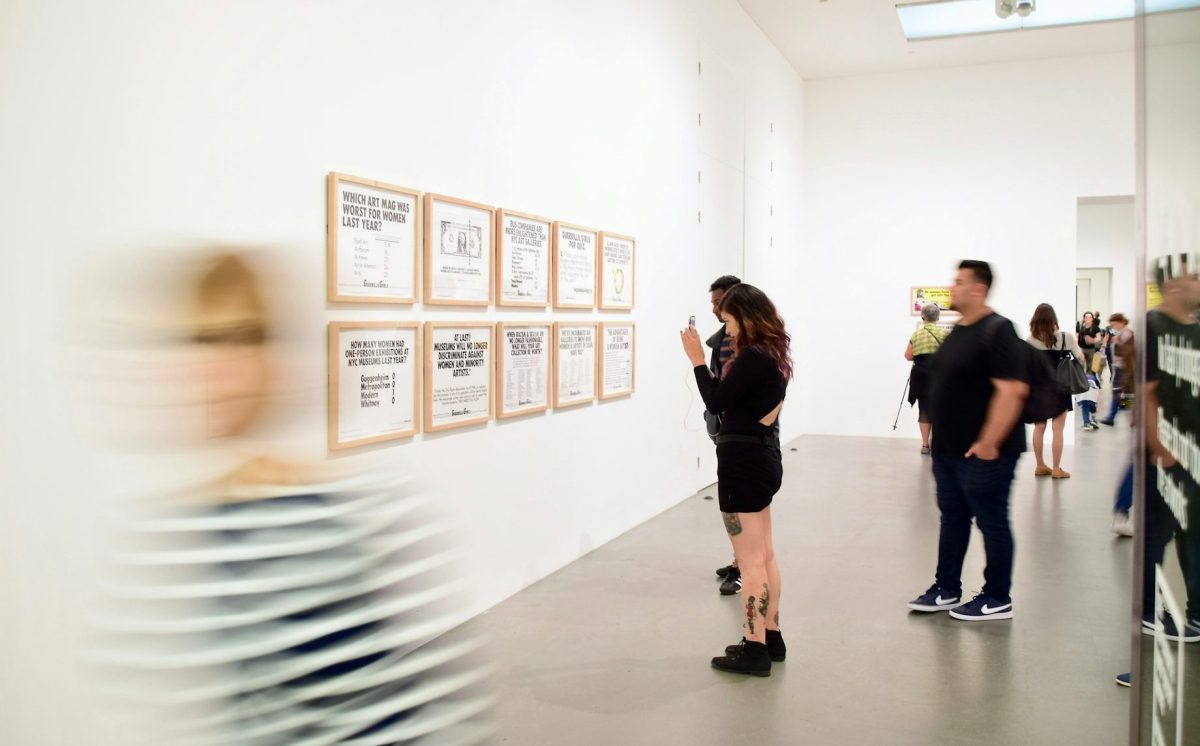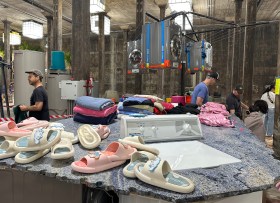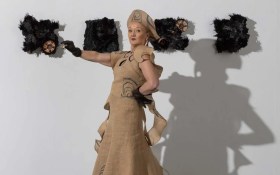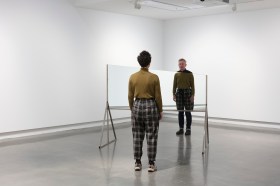Opening an art gallery can be as easy as finding a space and putting up artworks. But to ensure the gallery has longevity and impact requires planning and strategy.
Even for art experts and artists, being in the business of selling art can be daunting. ArtsHub runs through some essential steps that can set you up for success.
In this article:
Step 1. Curate the vision
Choosing what to show in a gallery is a great start, but ensure that you have a clear vision around the kind of artists and art buyers you’d like to attract.
Market research can highlight what is already out there to see why they have succeeded, but also identify what’s missing to give your gallery an edge.
Consider what your exhibition roster would look like, the different medium of artworks displayed and the kind of infrastructure they need (e.g. painting, sculpture and video have different requirements).
Step 2. Choose the location
We often see commercial galleries huddled in the same pockets of a city; however, increasingly galleries are taking up different approaches.
Rent is a major overhead cost for a new gallery, so consider if it’s worth being somewhere central. Many galleries choose more suburban areas and even reuse unconventional spaces like garages and shopfronts. Others decide to fill a gap in the regional arts ecology, which can also mean a bigger space with lower rent.
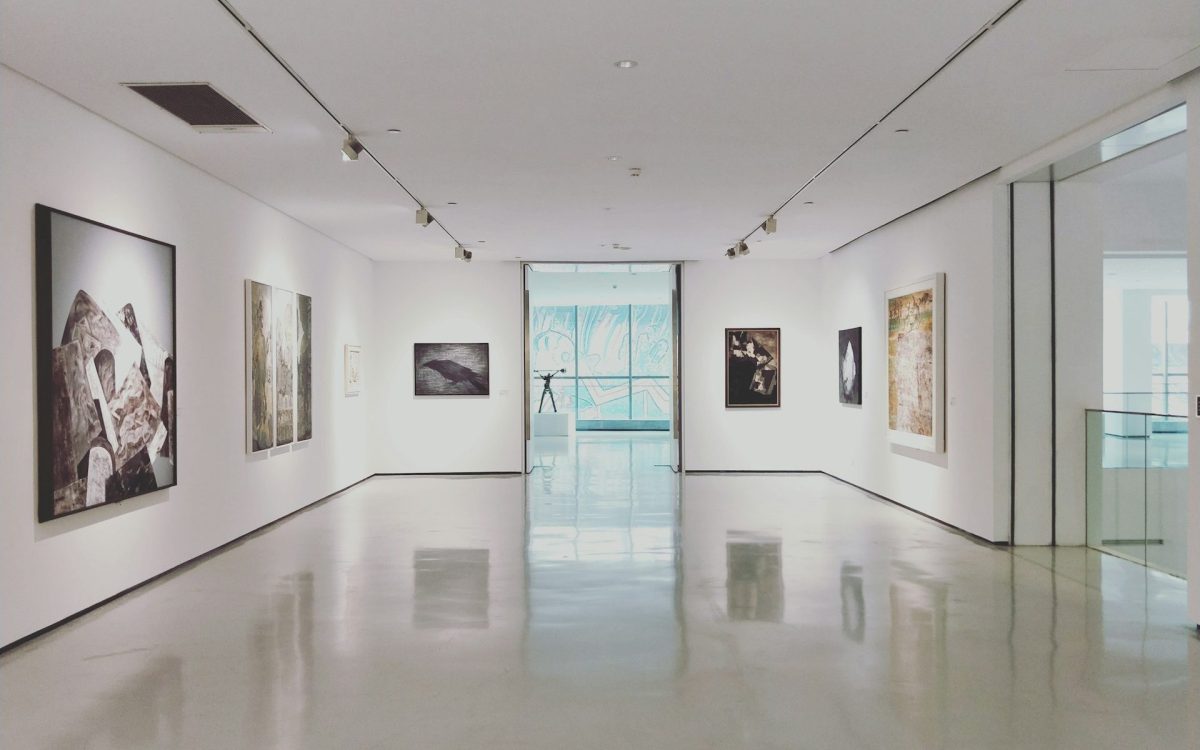
Step 3. Business practicalities
Now that you have a broad outlook on your gallery, it’s time to consider the practicalities. To legally operate an art gallery in Australia, you need to register your business with ASIC (Australian Securities and Investment Commission) and obtain an ABN (Australian Business Number).
Depending on your gallery’s location, you may also need specific permits or licences, such as a liquor licence if serving alcohol during events. Check with your local council for any additional requirements.
A reliable payment solution is essential for any business. As an art gallery, you’ll need a way to process payments for artwork sales. SumUp offers a range of financial tools designed for even the smallest of businesses. With SumUp, you can easily accept card payments in-person or online, issue clients’ invoices and generate financial reports, ensuring smooth transactions for your gallery.
Step 4. Understand the people
The arts is a people’s industry, which means you need to know who you’ll be working with and seek to build those relationships. That includes not only artists and collectors, but also curators, arts workers, art installers and more.
Step 5. Marketing
Getting the word out there about your gallery is essential. Social media, emails and posters can all be great avenues to attract a crowd, but so is simply speaking with your network about it.
You may want to take the time to pitch to relevant media outlets for some coverage, but make sure you have researched their readership and ensure there’s an angle on your gallery that is a good fit.
Step 6. Nailing the opening
This is what you’ve looked forward to from day one, the grand opening. Remember that gallery opening events don’t need to be extravagant, but people are looking for a good vibe. It’s ultimately a socialising event, so invite the artists, collectors, friends and even your gallery neighbours. Refreshments and music will help retain the crowd, but just make sure it isn’t so loud that guests return home croaky-voiced.
Take good documentation of the event and continue the momentum on social media!
